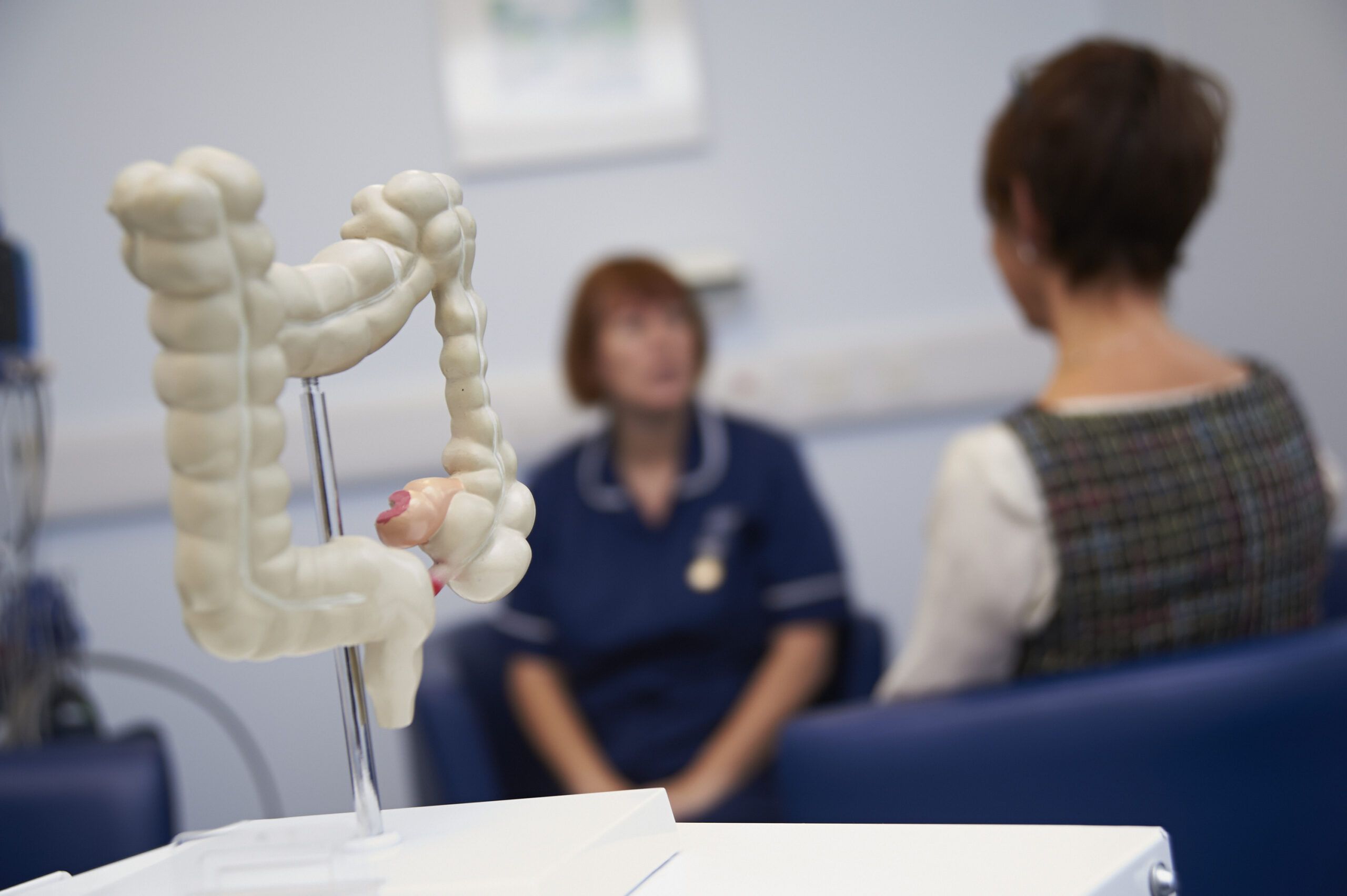Stem cell therapy for heart attack patients trialled at UHB
A stem cell therapy trial at BHP founder-member University Hospitals Birmingham is having a life-changing effect on heart attack patients, with scans showing almost complete restoration of heart muscle function just weeks after the procedure.
After a heart attack, around 30% of patients are left with severely damaged and weakened hearts which can, over time, lead to life-threatening heart failure, as the heart is unable to pump the blood around the body properly. The trial therapy aims to prevent this heart failure by regenerating the damaged muscle.
Developed by biotechnology company CellProthera, the therapy involves the application of a person’s own stem cells directly into their heart, through the femoral artery in the leg. The patient’s heart activity is then monitored for six months – at 1, 3 and 6 months – using echocardiography and magnetic resonance imaging (MRI).
66 year old Kim Smith is one of four patients recruited to the trial at UHB and was randomly allocated to the experimental arm of the study, meaning that she received the therapy as treatment following her heart attack. Just two weeks after receiving the therapy, Kim’s heart function had returned to almost normal (55%).
Kim said: “I now feel as though I can actually do what I used to do before. When I had the heart attack, I was worried that I was going to end up being stuck at home all day, but since having the stem cell therapy, psychologically and physically, I just feel so much better.
“I’m so grateful to have had this treatment, and I do hope that the research that they are doing goes forward because I think a lot of people would benefit. That was my reason for doing it in the first place – even if it does nothing for me, it could help someone else.”
So far, approximately 50 patients from the UK and France have been recruited to the trial, known as the EXCELLENT (Expanded Cell Endocardial Transplantation) study. The research is currently in its final phase, with results expected later this year.
Dr Sohail Khan, Consultant Interventional Cardiologist and Lead Investigator at UHB for the EXCELLENT study, said: “What we have seen so far is that actually the stem cells do seem to have a dramatic effect in terms of improving heart muscle function.
“Currently, there are few clinical options available that repair and regenerate heart tissue following a heart attack. As a result, the only option for many patients that have suffered a heart attack and developed advanced heart failure, is a fully invasive heart transplant. This is a very serious procedure for the patient, and very costly for society.
“The development of a cell therapy to regenerate cardiac tissue will be transformative for a considerable number of patients globally. A minimally invasive, cell therapy, that uses a patient’s own stem cells, could also considerably reduce treatment costs.”
Matthieu de Kalbermatten, CEO at CellProthera, said: “Bringing the therapy to market as a minimally invasive therapy is vital to tackle, from the root, the harmful effects of heart attacks and improve quality of so many lives.
“The impressive progress of the CellProthera EXCELLENT trial is a testament to the work of our team and our stakeholders. All of the trial sites in the UK and France are committed to admitting and treating the final patients as quickly as possible. In 2024, we will look to start the phase III trial, where we will be recruiting patients from across Europe, with the aim of potential future market authorisation and bringing this vital treatment to all patients.”





